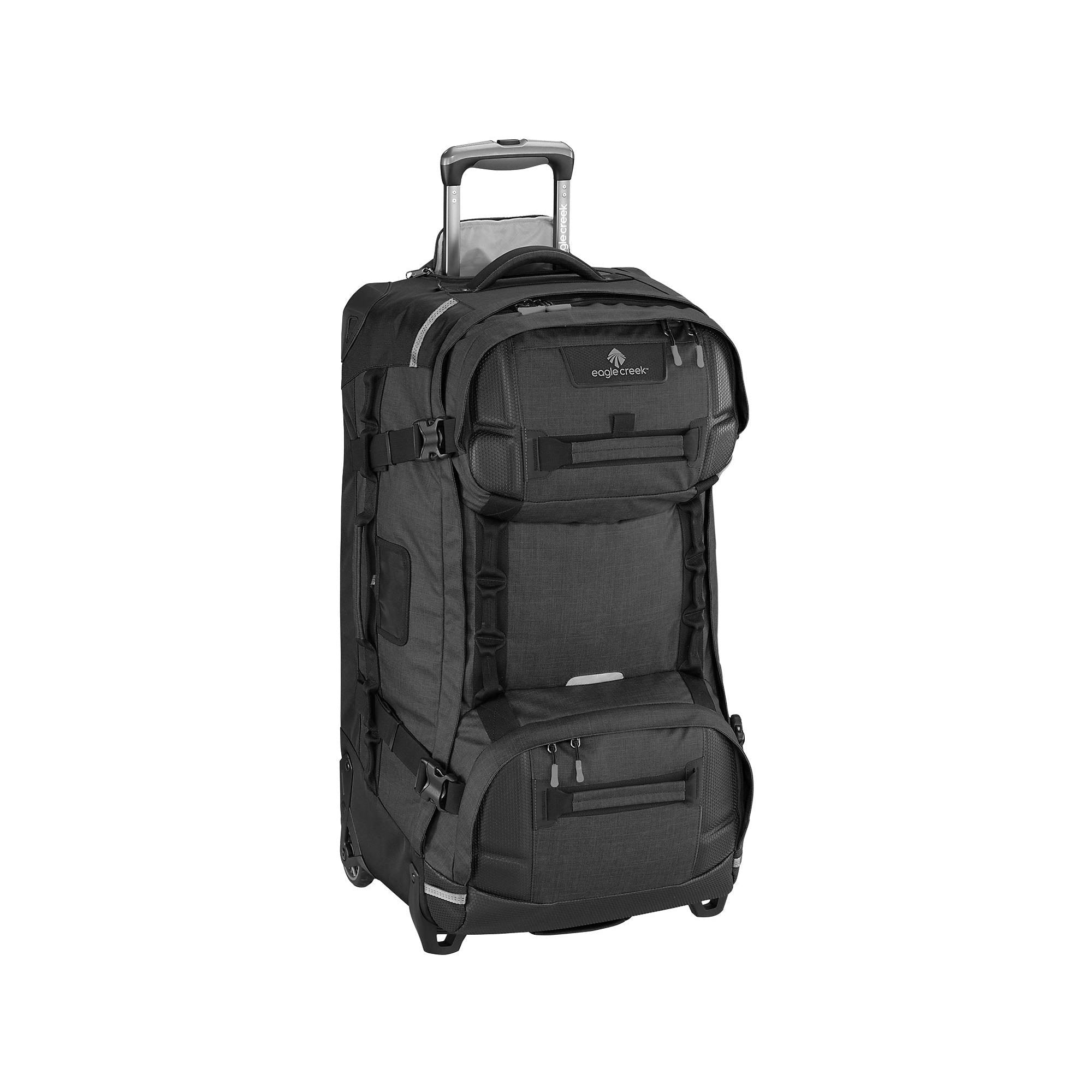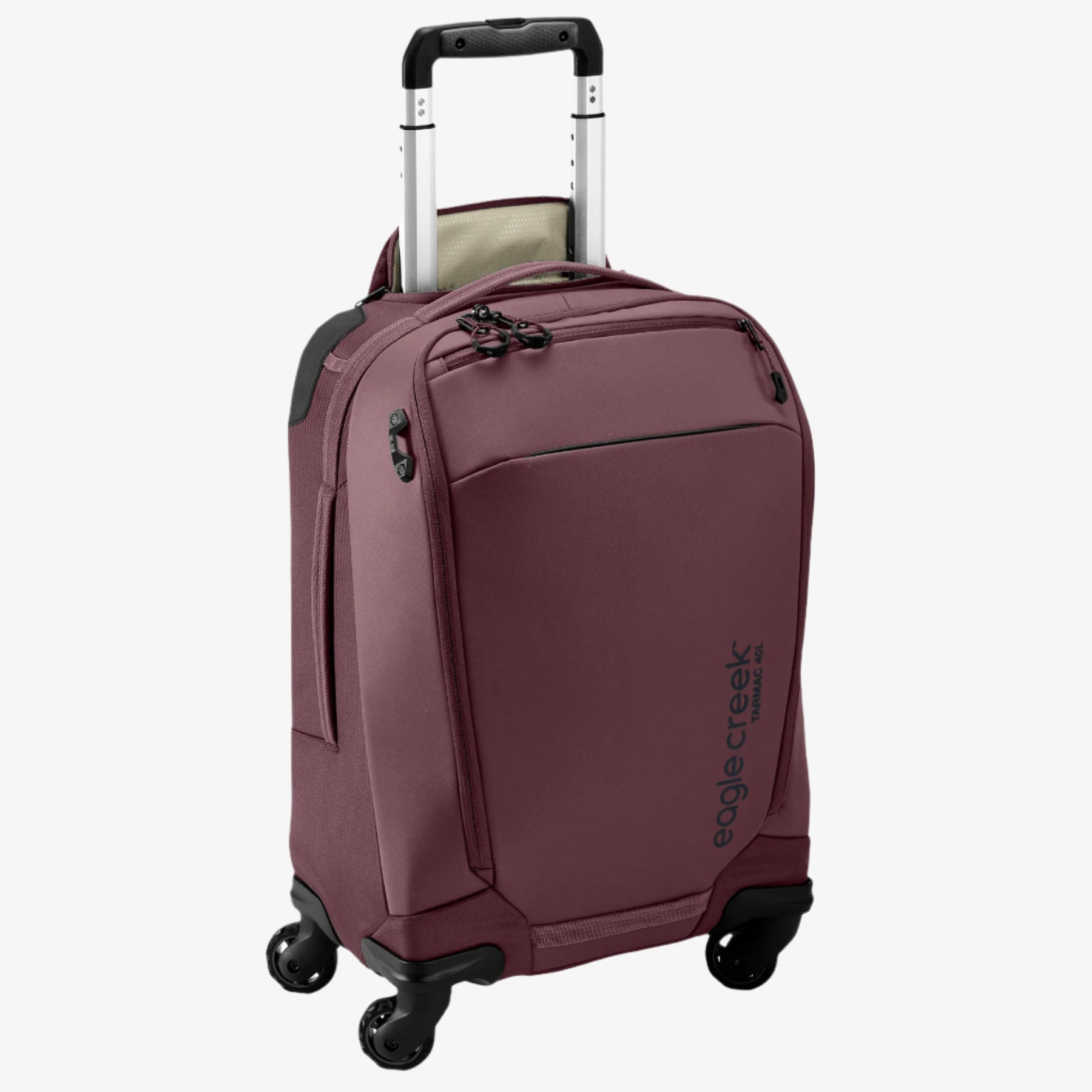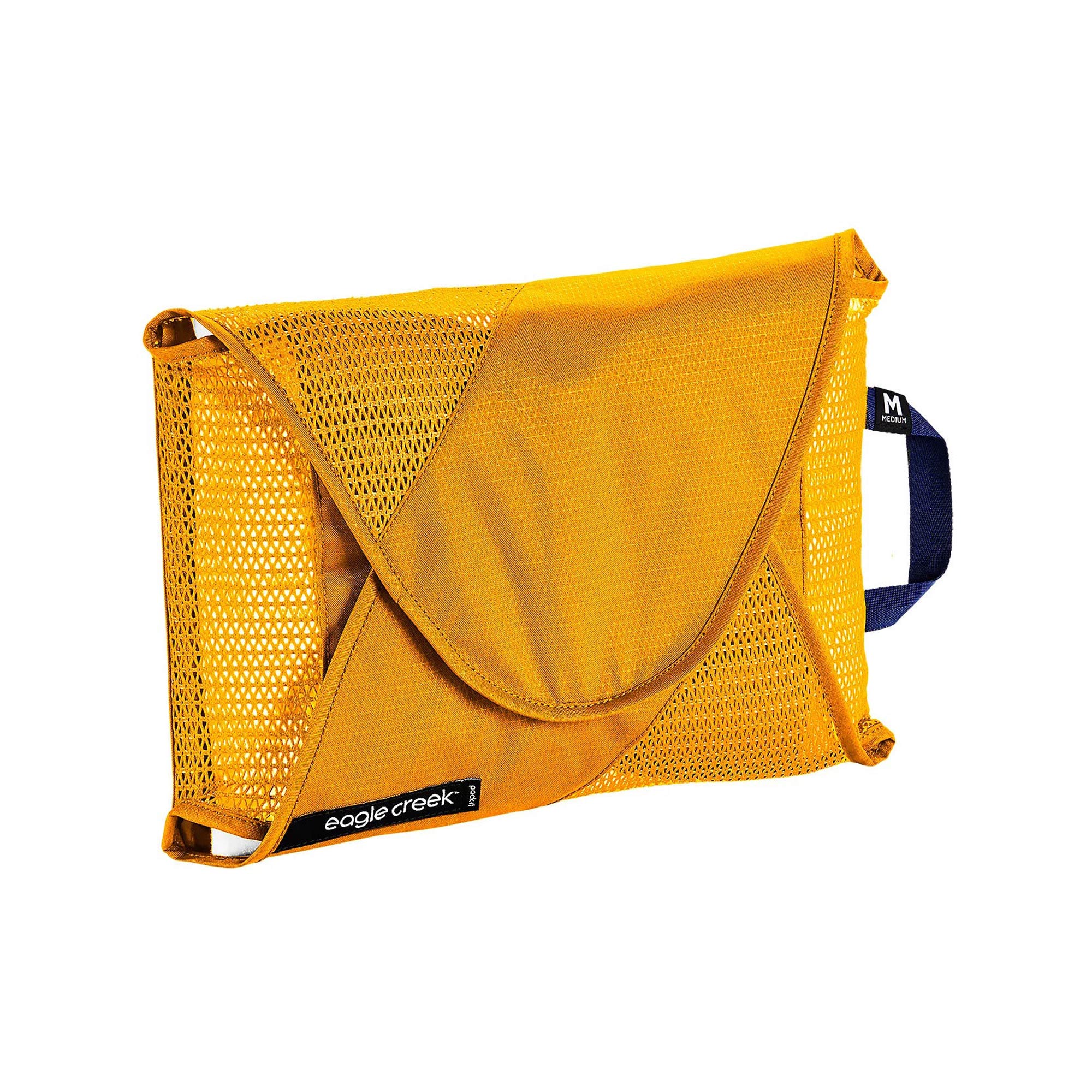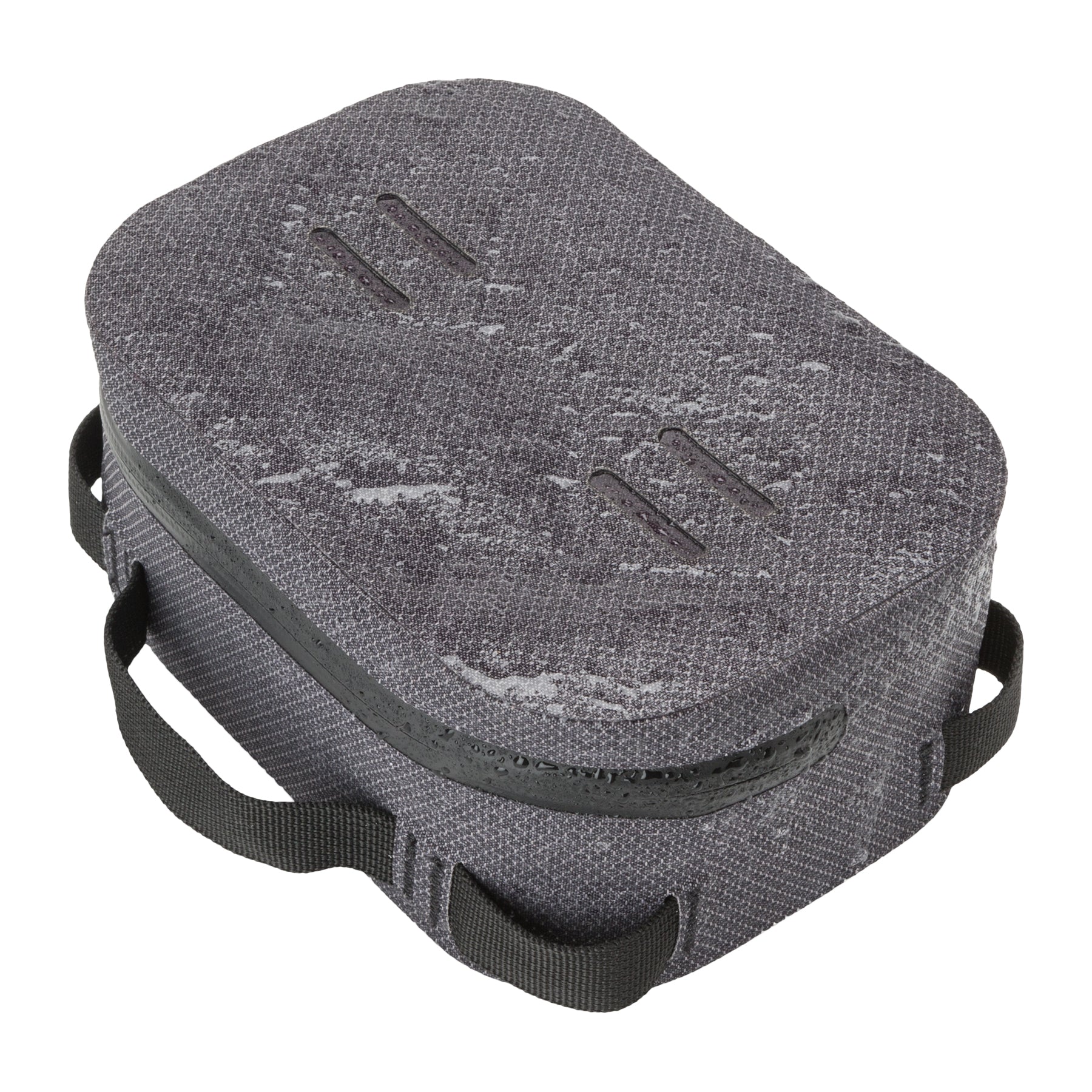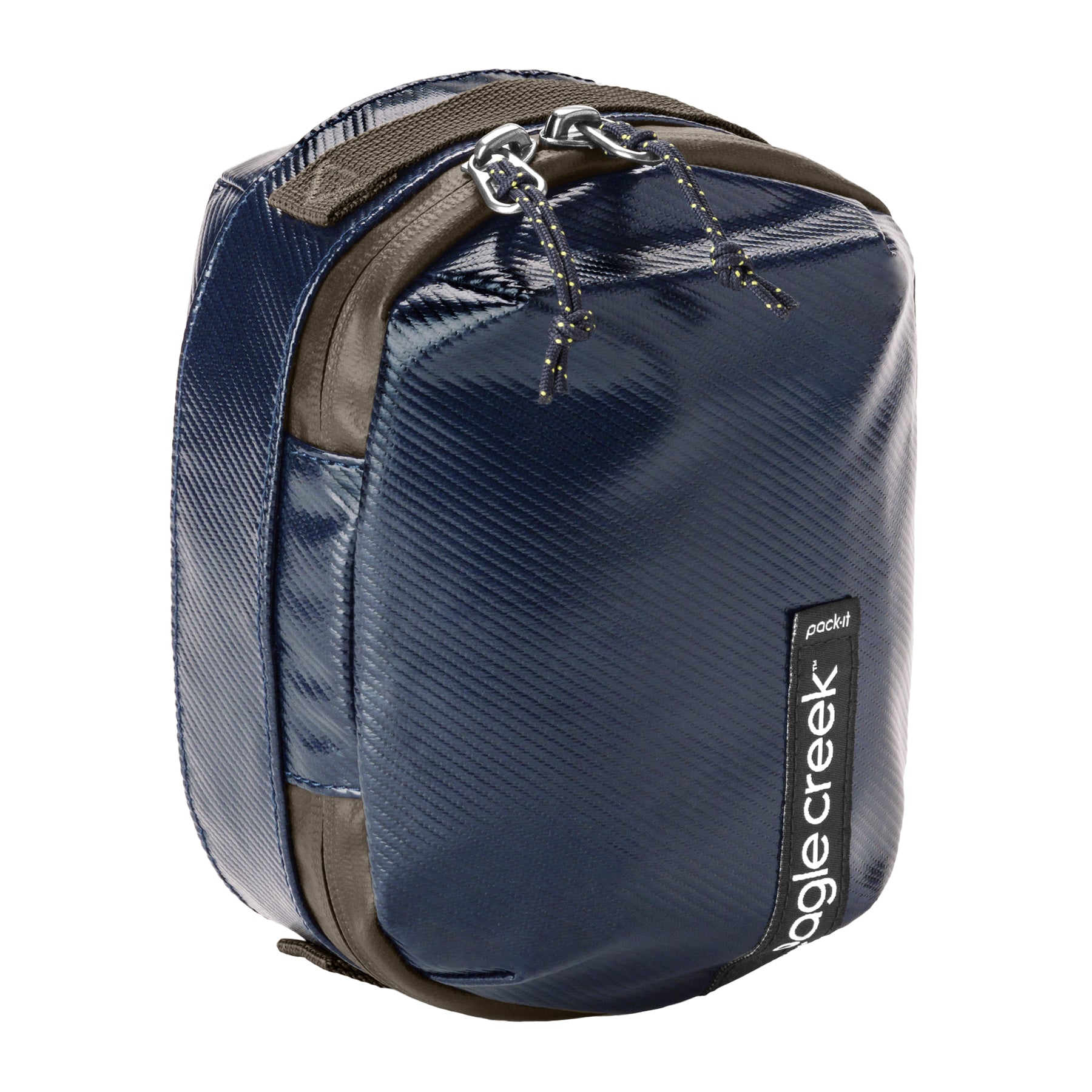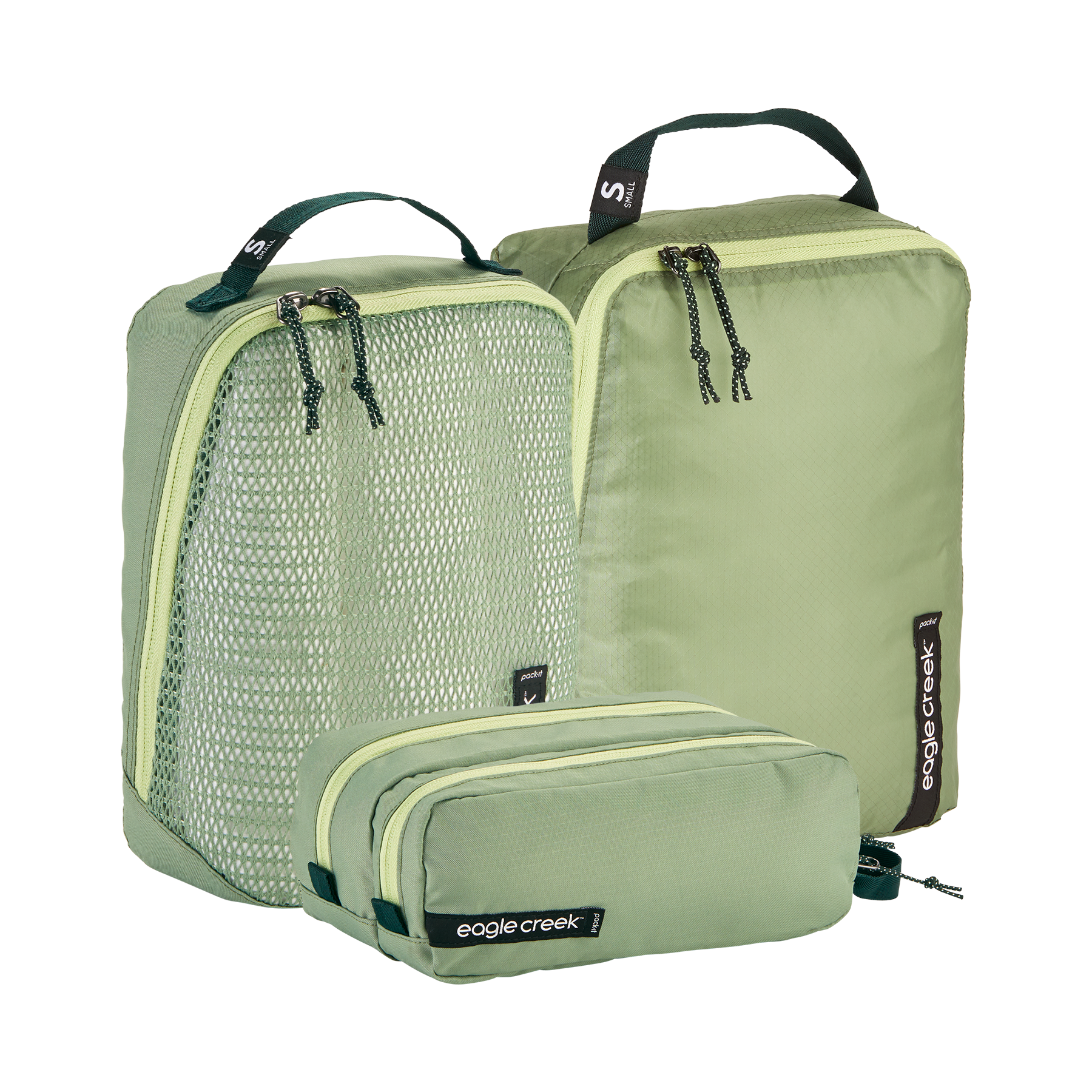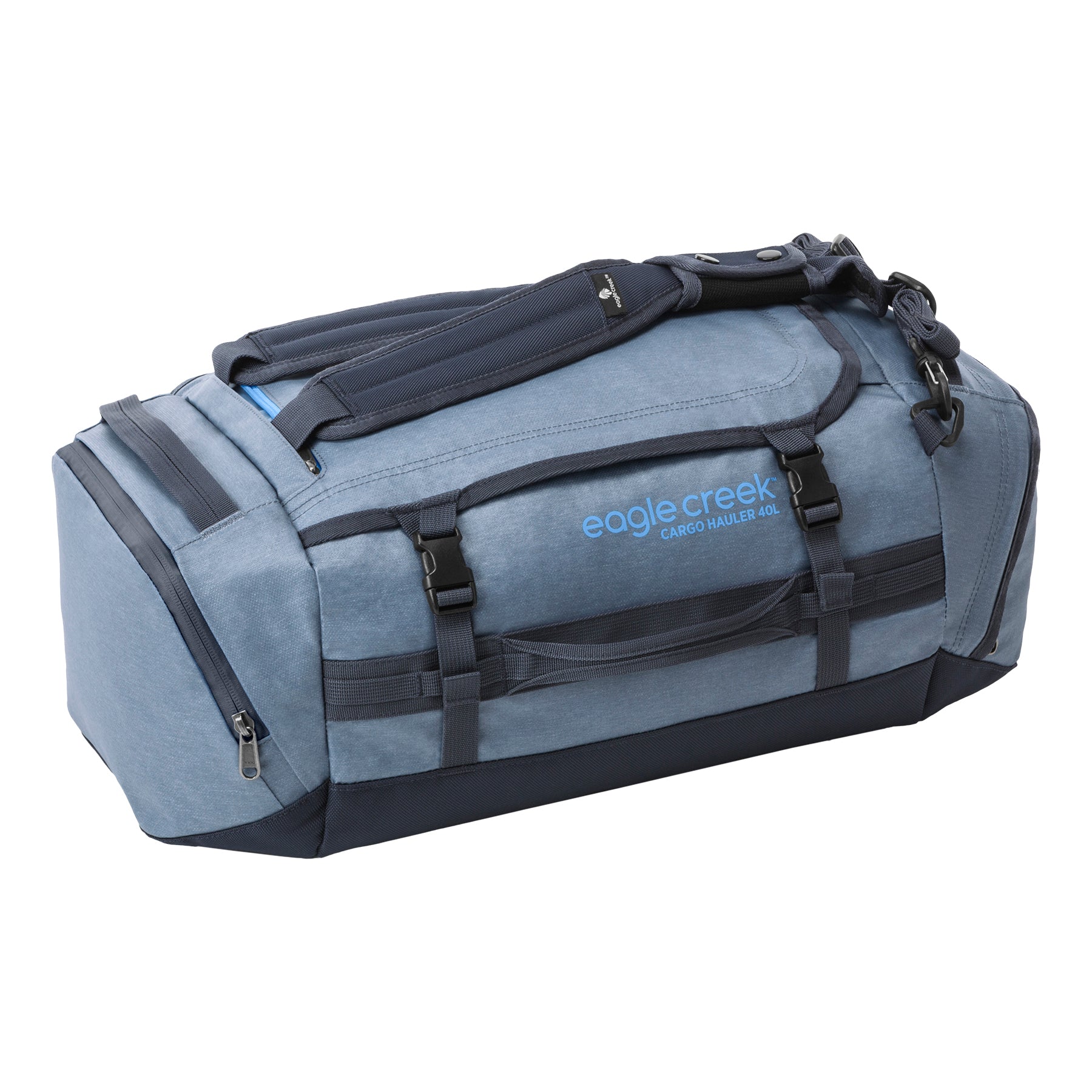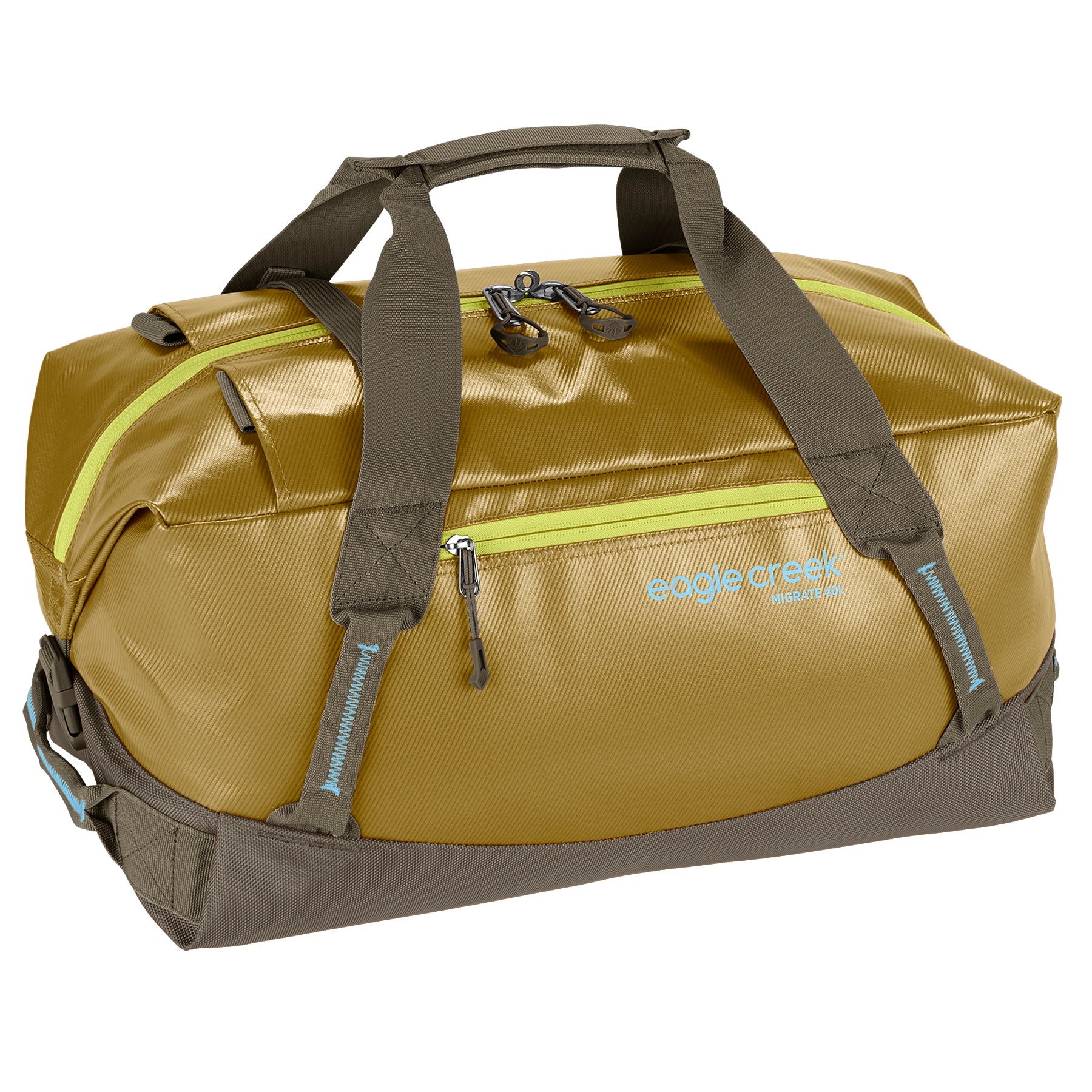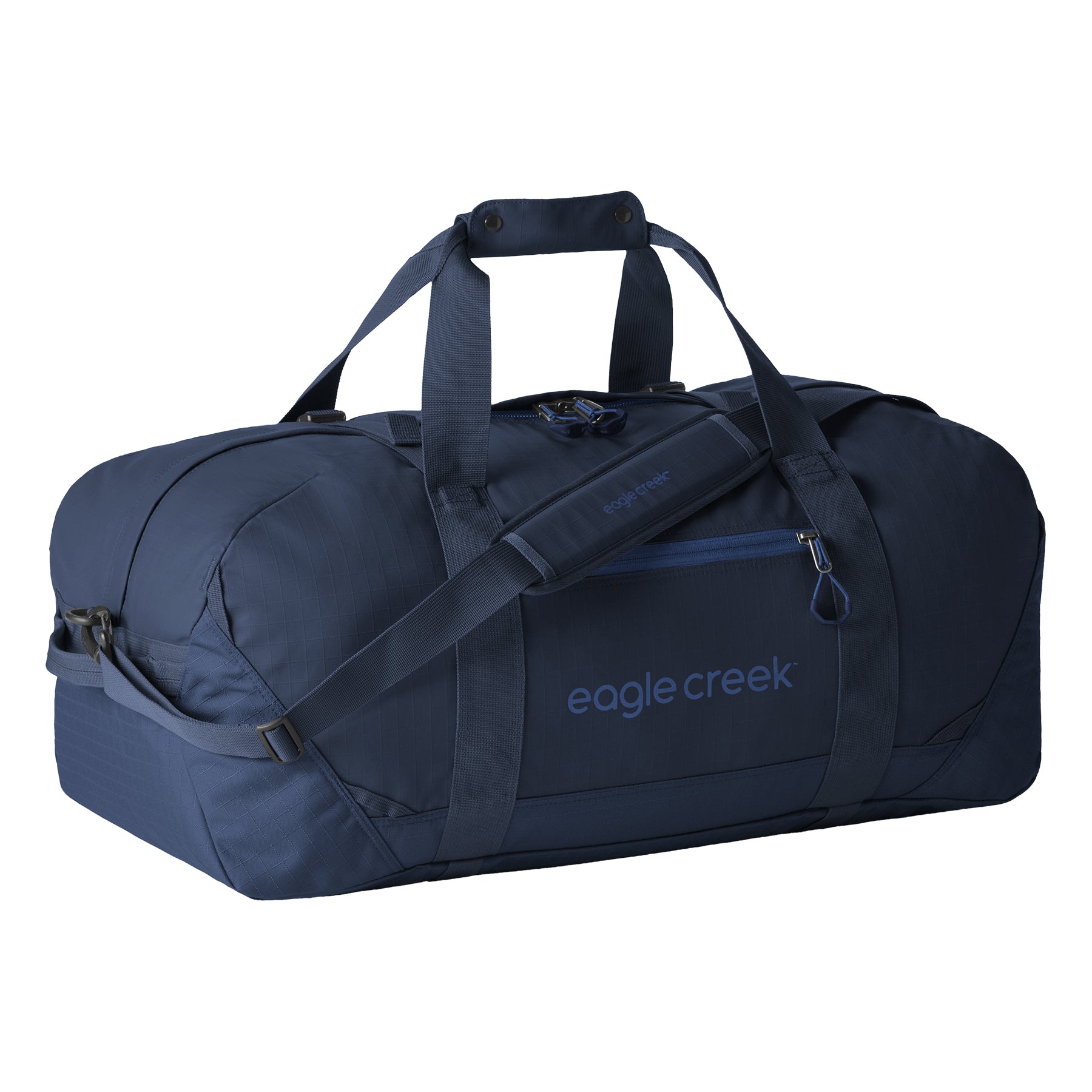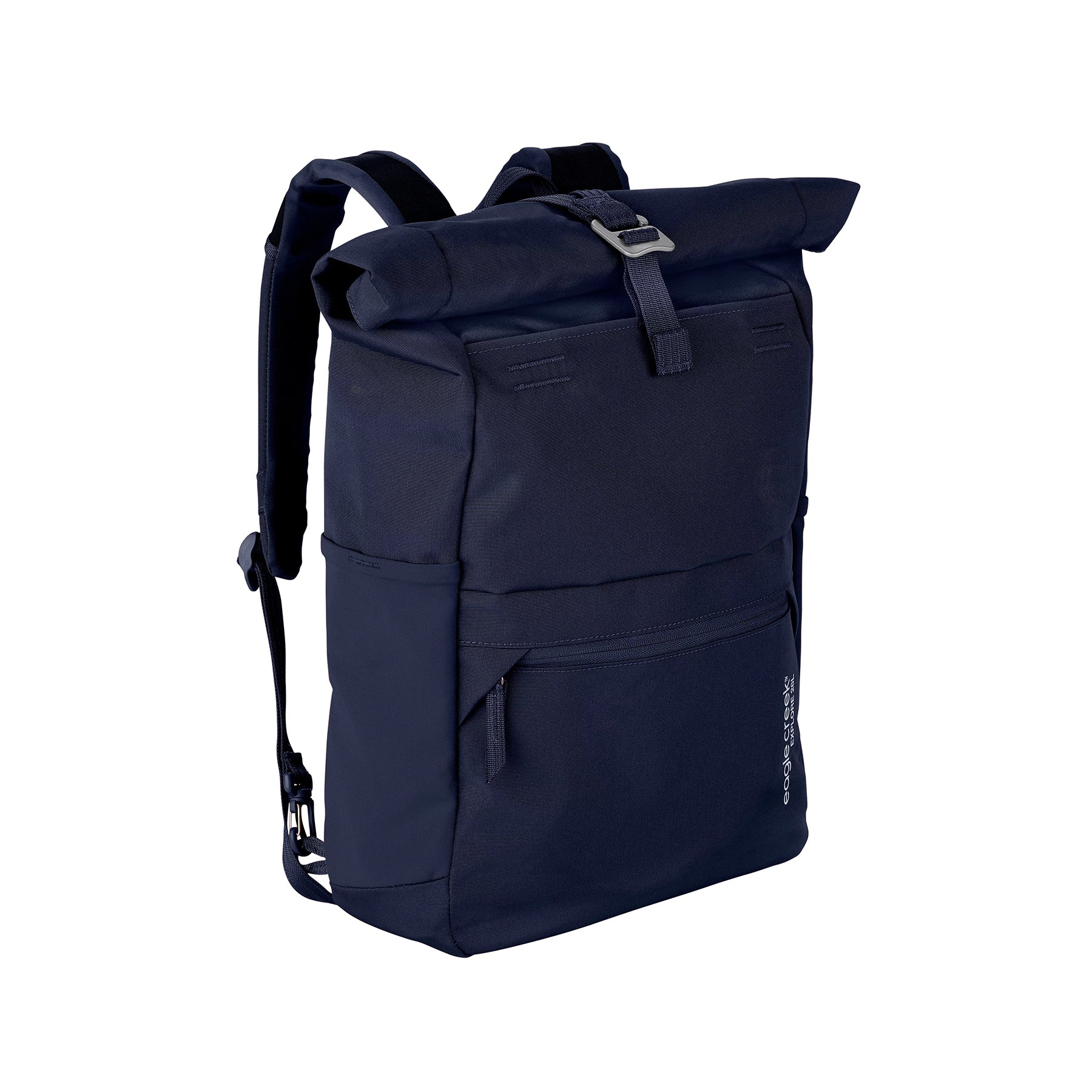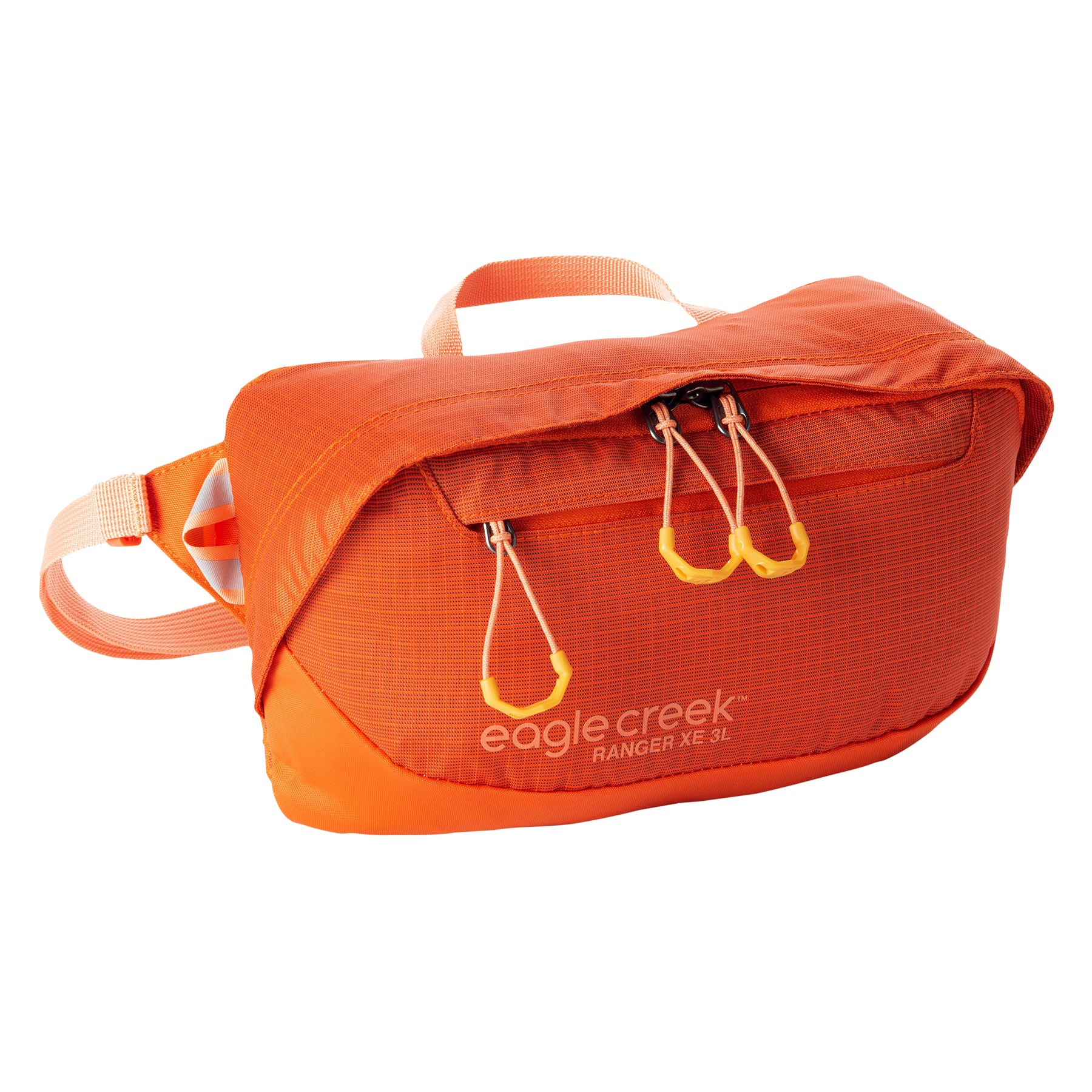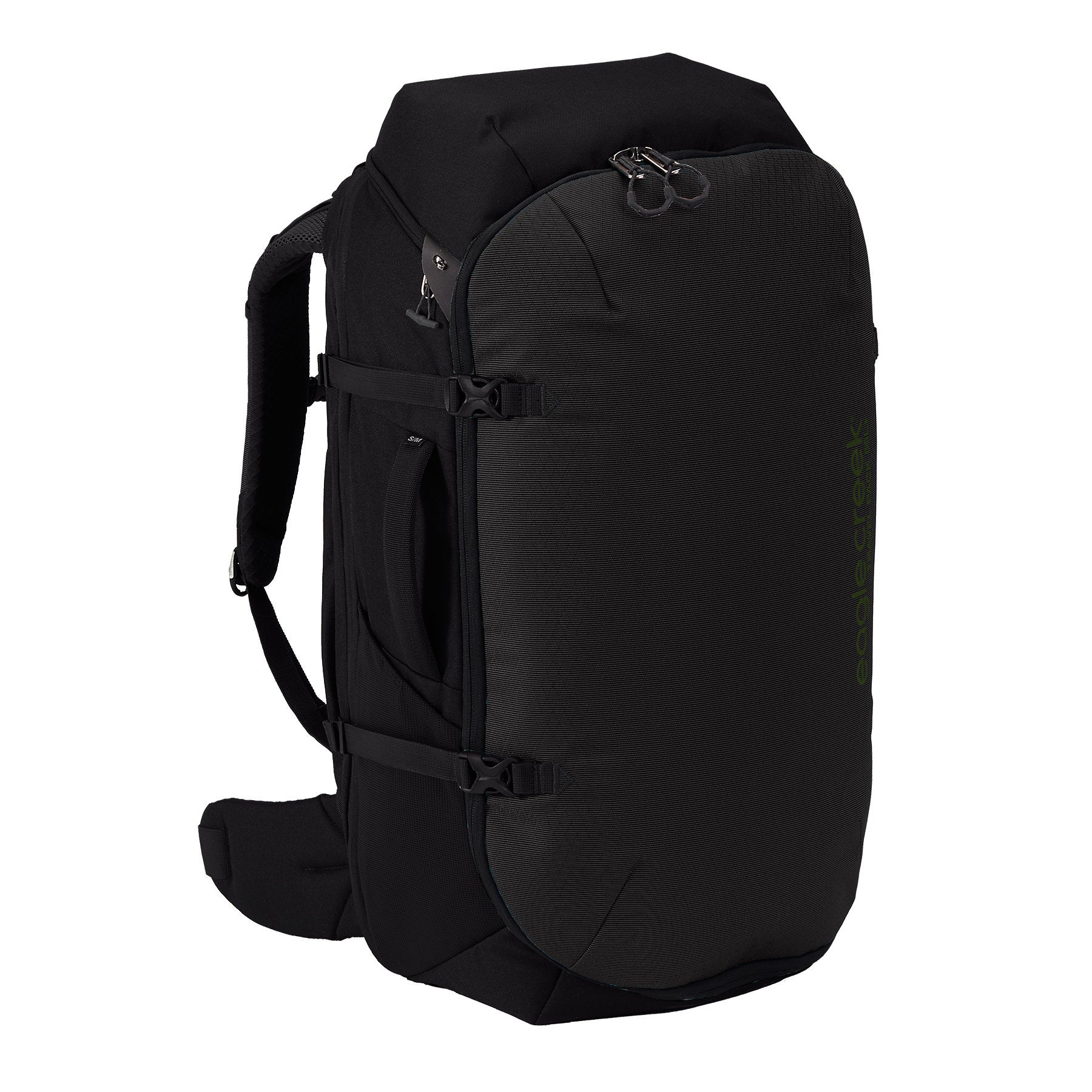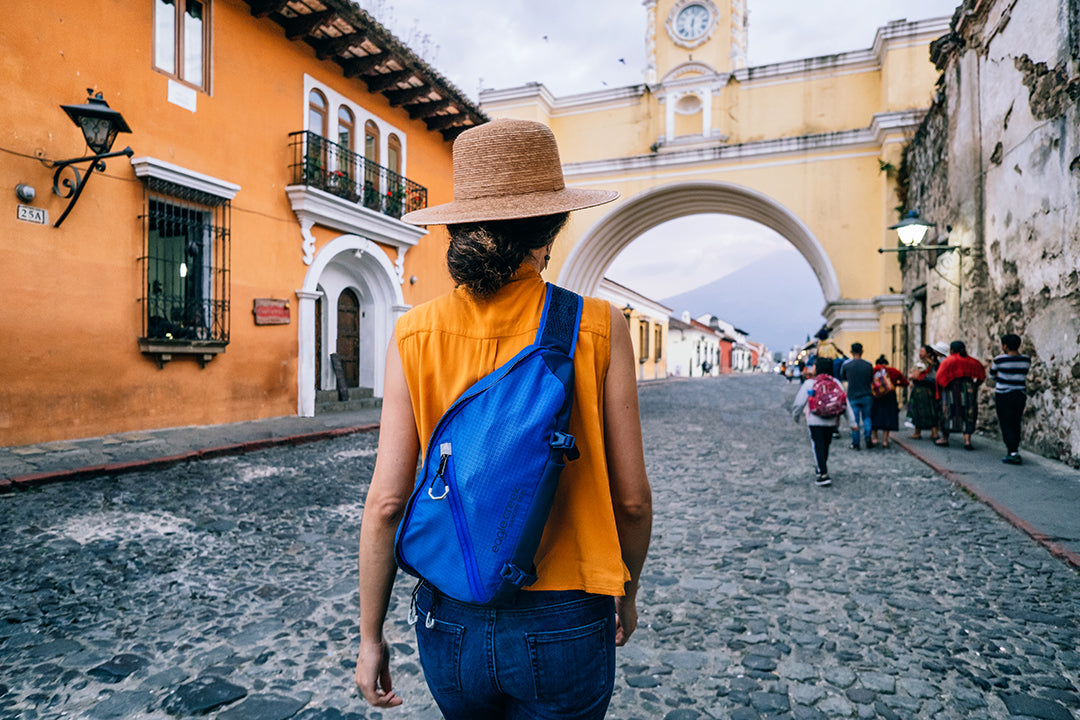Shoot for the Moon at Dark Sky Festivals & Sanctuaries Around the World
Most urban places have too much light pollution to truly see the breadth of our universe. It’s not until you get into a really dark place that you will understand the brilliance of so many stars, the full crispness of the moon, or the breathtaking colors in the Milky Way. Sure, you can just head to a remote mountaintop, or out into the vast desert, but that doesn’t necessarily ensure you will really escape the developed world’s excessive artificial light. The best way to guarantee you and your family can see millions of stars is to seek out an officially designated “Dark Sky Place,” as named by the International Dark Sky Association (IDSA).
WHAT IS THE INTERNATIONAL DARK SKY ASSOCIATION?
This non-profit is an authority on light pollution, working to educate the general public about the importance of darkness and to combat extraneous light around the world. In 2021, it celebrated 20 years of its “International Dark Sky Places” program that names communities, parks, preserves, sanctuaries, and even urban areas that have no or limited light pollution. The association has 130 designated Dark Sky Places in nearly 20 countries, with many of those in the United States—these are the best places to discover what darkness truly means.
Visiting one of these areas, settling in, then looking up and seeing more stars than you knew existed—not to mention the dazzling glow of the Milky Way—will be a breathtaking experience. To find the closest Dark Sky Place, check out the ISDA website.
WHAT IS A DARK SKY FESTIVAL?
Another reason to head out on a road trip to find a Dark Sky Place is to also take part in one of the dozens of annual star or night sky events that happen each summer, which are often hosted at national parks and run in partnership with area astronomy groups. There, lovers of the astral world gather with night photographers and astronomers to peer through telescopes and share their knowledge. At these gatherings, there might even be lectures, hikes, and educational displays. Some events might even be virtual, which means you can enjoy them from your own home. Or you can head out on your own safe, outdoor adventure for your private star party. Just tuck a sweater, snacks, and a blanket or towel to sit on into a backpack, then head out with maps and a guide to the sky’s constellations.
Some of the biggest Dark Sky events are held at California’s Lassen National Park, Acadia National Park in Maine, and in Jasper, Alberta, Canada. Do a quick Google search on “star parties” or “night sky festivals” to track down an event near you.
HOW TO PHOTOGRAPH THE STARS IN DARK SKIES
Who wouldn’t want to capture the brilliance of the Milky Way in a photo? The problem is that most smartphones won’t do well with night skies. The best bet is to use a smartphone with a dark mode on its camera, where you can adjust settings for low light and set a longer exposure. If your phone doesn’t have these features, don’t worry—there are camera apps that will allow you to do this.
If you have a professional camera, such as a DSLR, you can dive into the world of astrophotography. For starters, you’ll need a solid tripod, as your camera needs to be perfectly still during a long exposure. If you move your camera, everything will end up blurry! Second, remember that stars actually move across the night sky, although they move so slowly that we don’t really seem to perceive it. (Actually, they’re staying put as the Earth rotates, but that’s another story.) That means even if you have a tripod for a long exposure, your stars might end up as slightly elongated smudges and not the sharp star points you seek. If you want the crispest pictures, you’ll need a special star tracking mount. As you travel to a Dark Sky Place with all this photography gear, consider stashing it in a Pack-It Gear Protecting Cube for safekeeping.
Whether you want to capture the night skies in a photograph or simply want to observe them with your own eyes, it’s time to start planning your summer trip to a Dark Sky Place!



